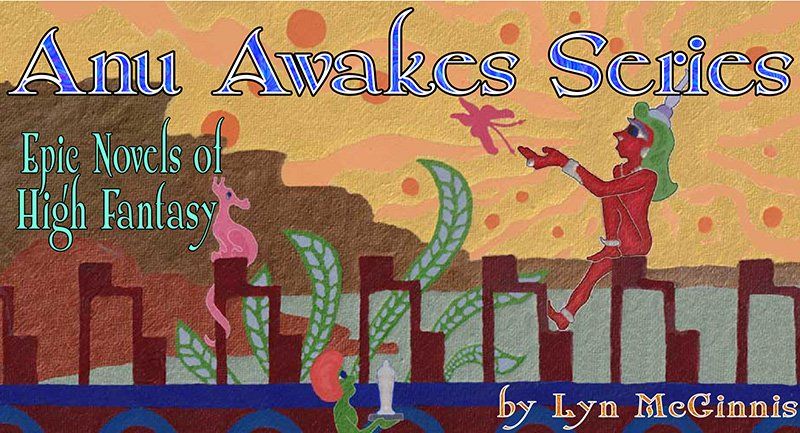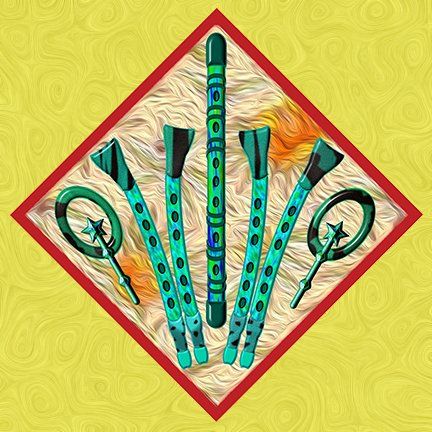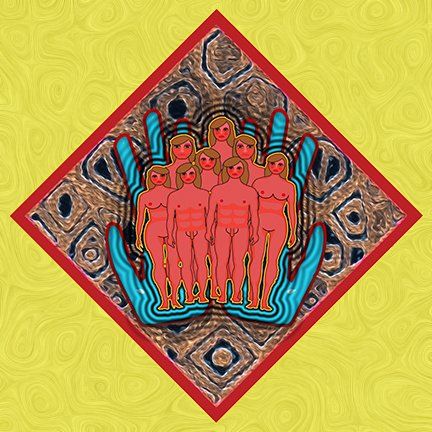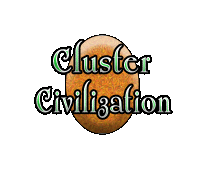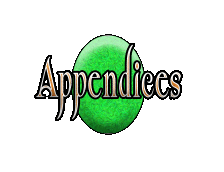

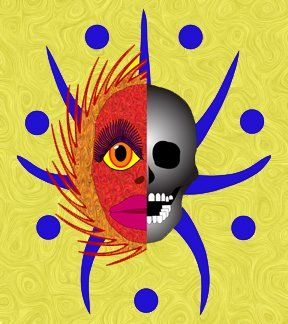
Supervisorate Bureau
The Supervisorate Bureau is responsible for the logistics of cluster populations, distribution and movement, public financing, land distribution and cluster rotation within or beyond provincial boundaries (see South to North Movement). They also mandate the ‘Circulation of Uses’ within and between all Cluster-of-Clusters Ministries, both in The Capital Region and key locations elsewhere, such as the Cycles Ministry's ‘Blue City’ in Bhampay. The Census Bureau of the Enumerators Ministry presents them with their first copy of each census. On rare occasions, the Supervisorate directs the Dissolution Ceremony after the Mantle has migrated from a Majastas Cluster.
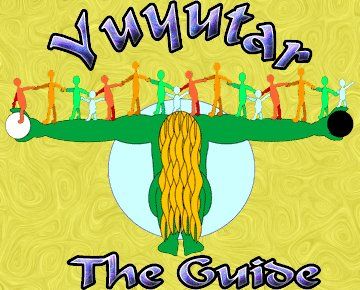


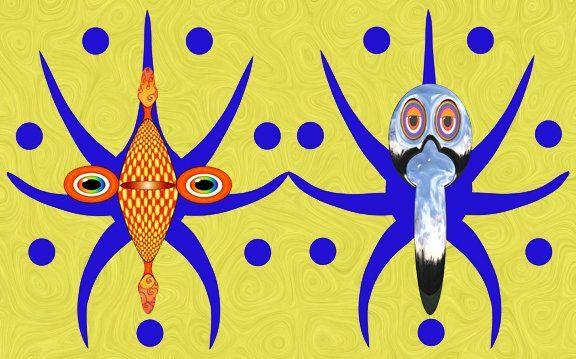
This ministry has three bureaus: Census, Analysis, and Erudite. While census had been conducted sporadically during earlier dynasties, the Yin-Vinulan Dynasty fully developed this ministry and conceived of the Erudite Bureau, bringing it into the fullness employed in subsequent ages.

Here are two secondary emblems of this ministry. One is a simple rendition of a Haklu (above), a four-stringed musical instrument surviving prehistory. It has always appeared as an inverted skull with two serpents forming the frame on either side. While the origins of the symbolic elements are unknown, they reference the fleeting nature of existence and the importance of art for the living.
The other is the Primary Epoch icon of various musical instruments fashioned out of the Danta Horn. These produce a unique voice among wind and percussion instruments and have long been associated with a rich cultural life. The horn comes from refined domestic stock. Innumerable compositions have been made for one or many of these instruments, and there is a long tradition of them accompanying most theatrical performances.
These two images are universal symbols of elegance, antiquity, culture, and civilization as such, they correlate with the Enumerator Ministry in general, the Erudite Bureau in particular, and all
Ablution Academies and
Artisan Boroughs.
Other circles that regularly serve the Enumerators form part of the Enumerator Major. Most of the Invocates working within the Enumerator Ministry became Full Invocates within a Drone Enclave.
During the Majastas Court, representatives of the Enumerators join the Commandant and Grandee Secretariat at the Western Station. As with half of the Ministries, they take two places during the Majastas Court, so some are stationed at the Eastern Station.
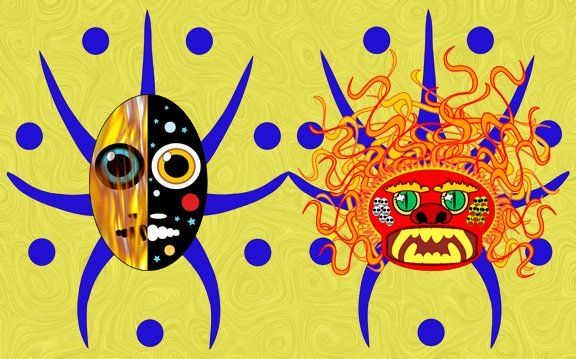
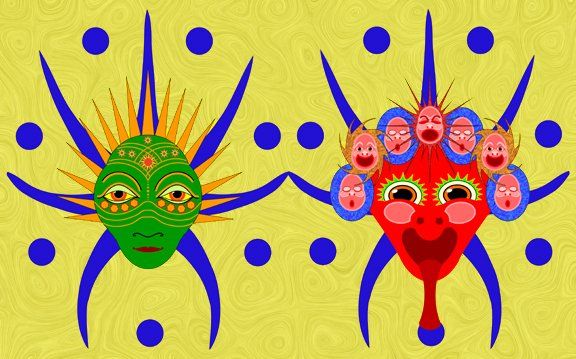
This ministry has five bureaus: Pacifier, Doubles and Vats, Nostrum, Ratio, and Completion. It was one of three established by the Yin-Vinulan Dynasty and was initially composed of the Pacifier, Ratio, and Completion Bureaus.
Pacifier Bureau
This bureau has two arenas. One is training all Healers and Soothers (icon shown here) to ‘pacify’ all ailments not addressed by or complimenting the work of Doubles and their Healing Vats. In partnership with the Enumerator Circles, the Pacifier Bureau also maintains Benevolence Bowers within one or more Ablution Academies, depending on the size of the provincial centre.
These Mantle Establishments augment the restoration of circles and clusters through the skilled remedy of injury and ailment. They are also teaching establishments, training new ranks of Healers and Soothers and attending Vat Masters. This bureau is also the guardian and patron of all Skin Touched. Those they train can examine and treat complex internal issues without breaking the skin.
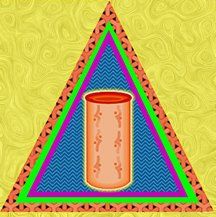
This bureau also has the distinction of housing rare
Masters of a Nonliving nonentity—
Phantasm Spume. This element is vital in the wakening of all vats
at the moment of their Mother Double’s
Conclusive Offering,
as the
Venerable Koru discovered in 597 of
The Interim. The ongoing production of this product comes from both refined versions of natural outbreaks and improved versions produced by the
Spume Masters themselves. An unlikely resource rests with another
Bane, the extremely rare
Water Column, which produces sweet waters known to fortify vats and have measurable benefits for generations of future vats.
The Doubles and Vats Bureau also shelters and trains Skin Touched, which provides service to challenging cases and has occasionally used its talents to assist and modify Healing Vats themselves. Finally, the Doubles and Vats Bureau are the keepers of the ‘Double Bath,' a large tub used on the occasion of the death of a Majastas, when the body is separated in ceremony and fed to the Majastas Cluster’s Healing Vats. There is one of these baths in one Farmer Enclave of each provincial centre to be ready should a Majastas die away from the capital.

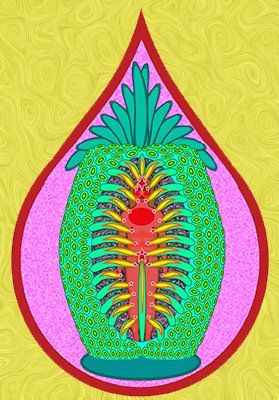

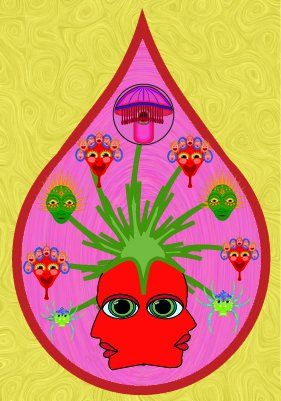
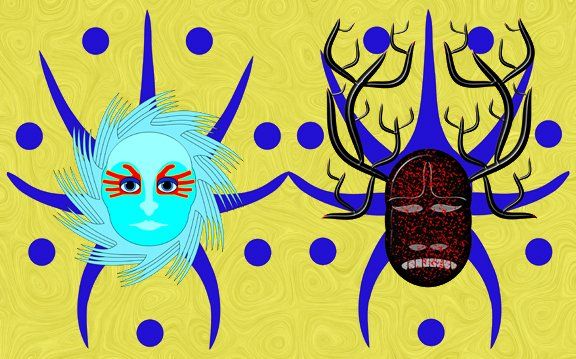


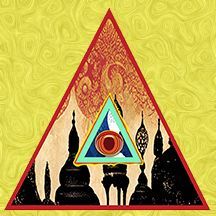

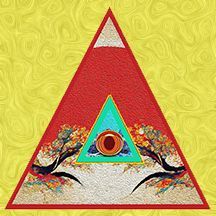
Icons of the four Commandant Ministry Bureaus.
Engineering, Calamity, Provisions and Resolution.
These Koru icons are based on Tolku versions and have been incorporated into the Danam Yeldic Variothya suite of emblazons.
Resolution Bureau
The Resolution Bureau is the enforcement arm of the Chancellery Ministry’s Adjudicator Bureau in settling any disputes or disagreements between clusters. The Resolution Bureau maintains the Paramount Magistracies Office within Upata-Shepsus and Regional Magistracies Offices within each province. While the provincial centre houses the primary office, local Magistrates and their staff occupy an Ancillary Magistracy Office within each Ablution Academy throughout the region. Often, these have to do with determining Reciprocity Value between different sorts of exchanged work or items. This bureau's representatives are within the Chancellery, Grandee Secretariat and Cycles Ministries, both at the Cluster-of-Clusters and provincial level. In more complex cases, the consideration of the Funomanru and Buyanupithar dynasty civil codes, Koru precedents along with Yeldic traditions from the founding of the Danam Yeldic nation, along with Invocate investigations within the Living System both as to the particular issue and its broader implications to Tatchlan and the Cluster-of-Clusters Nation.
In the case of cluster wrongdoing, the Majastas may personally intervene. This usually leads to an enquiry as to how the situation arose without warning from the Maja Gatherings. Confirmations of an individual or group of clusters suffering some form of separation illness will lead to direct intervention inside and outside the Living System. In extreme cases, the Majastas may induce a partial or complete Wellbeing Ministry Scent Separation as the ultimate rectification. This, in turn, leads to an intensive investigation within the province and long-term initiatives involving Wellbeing, Cycles and Commandant Ministries in the reformation or relocation of the population around the affected clusters. This bureau also stands as the patrons of all Ranks of Touched in honour of their historical and informal role as 'Truth Sayers.' Other ministries also patronize specific members of the various diverse Ranks of Touched.
Other circles in regular service to any of the four bureaus within the Commandant Circle constitute part of the Commandant Major, and those in the field are titled the Commanderies.
During the Majastas Court, members of the Commandant Circle join those from the Chancellery and Ceremonies Ministry at the Northern Station while others take their places at the Western Station.

Enhancement Bureau
The mandate of the Enhancement Bureau is to ‘Improve by Art’ every aspect of Danam Yeldic life. This runs from the prosaic to exotic. An example of the prosaic is their responsibility to maintain decorum in streets and public spaces by a regime of daily pickup and to sweep throughout urban environs. Washing of all avenues occurs on each fourth day when there is no rain. Public structures are washed and maintained as part of a strict annual programme. More exotic responsibilities include creating and maintaining all forms of adornment and embellishing urban public areas. They are also responsible for reducing rude wilderness in open spaces between rural clusters with artful plantings and public artworks while ensuring the Granaries and Custom Bureau’s hostelries ‘glow as fires in the night.’ They are entrusted with creating and maintaining public ambiance, including music, general tableaus, kinetic sculptures and street theatre, to name only a few examples, throughout provincial centres. Perhaps one of their most mysterious and dangerous offices involves employing Preservation Cubes to restore ancient wonders and present-day treasures in an everlasting state. They also ensure raw life (i.e. vegetation) and non-life elements (i.e. accumulated detritus or blowing sand) do not encroach or impede access to these distinguished sites. In this way, these venerable monuments are not ‘dishonoured by time,’ allowing them to grow into a more potent and ennobling anchor for the evanescent generations. The ancient Dallamaplan Enhancement Bureau crafted these Cubes by working with the fearsome Consumption Monoliths in the process wrapped in secrecy. The results of these efforts are intended to be Most Improving for clusters and Encirclements.
A province may also enlist circles from the Enhancement Bureau to aid during a large cycle of rural cluster Giftings deep in the country. It is common for circles of flute players to proceed down every avenue at dawn to rouse clusters on festive or other important days. The Enhancement Bureau stands as the patron of several disciplines and gifts. Liturgist Circles, graded in depth from generalized to specialized, are under this bureau's care and guidance. The specialized circles can serve significant events and deeply affect all participants appropriate to the occasion. Among other resources, they may gather local Cinnabar Betweens to weave their Sillage Trails to modify and unify the scent of the gathering. This bureau is also the patron of all Dreamers. They present them with opportunities to become involved within the bureau. They are also patrons of Cousin Touched, who possess the ability to communicate with other creatures. They employ these to ensure the maintenance of various indoor and outdoor projects where Cousins and other beings of service may attach themselves to improvements and ensure their simple good repair and maintenance.
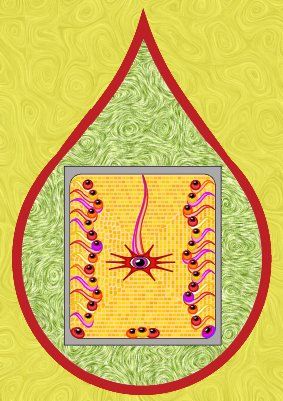
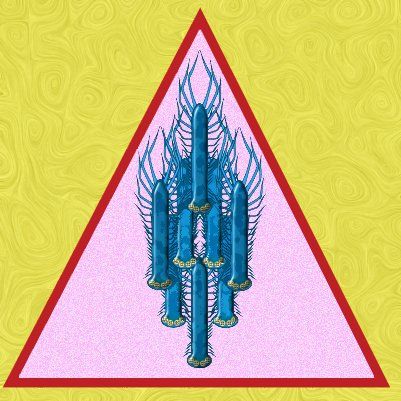

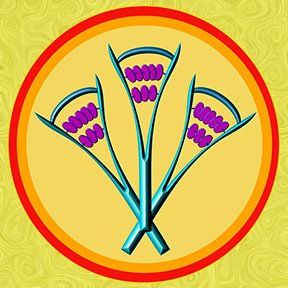

Adoption conventions
This practice is more observed in the provinces than in The Capital Region, although it is not unknown within Upata-Shepsus. These conventions see those occupying the deepest level of responsibility conducting a search for those possessing the necessary qualities to be their successor. This search may end within their cluster or may range far beyond it. It may involve a council of advisors or be carried out by the investigator alone. The reigning Majastas is notified upon the conclusion of this process, and there are only a few occasions when they intervene due to their discovery within Tatchlan of an impediment unseen by the initiator. A great deal of latitude surrounds subsequent action. Those selected may be immediately notified or quietly brought into the selector's consultations and trained. While there may be some delay, most are informed of their destiny within a few years of their relocation. This is a formality in most cases as their selection becomes evident to all. In some provinces, longstanding traditions surrounding the selection, training and announcement process are associated with this practice.
A detailed example of this process is found in the third novel of this series, Dalinantu Emergence, between Submissively Venerating Jumon-Pulmol and Everlastingly Serving Jumon-Balam.
